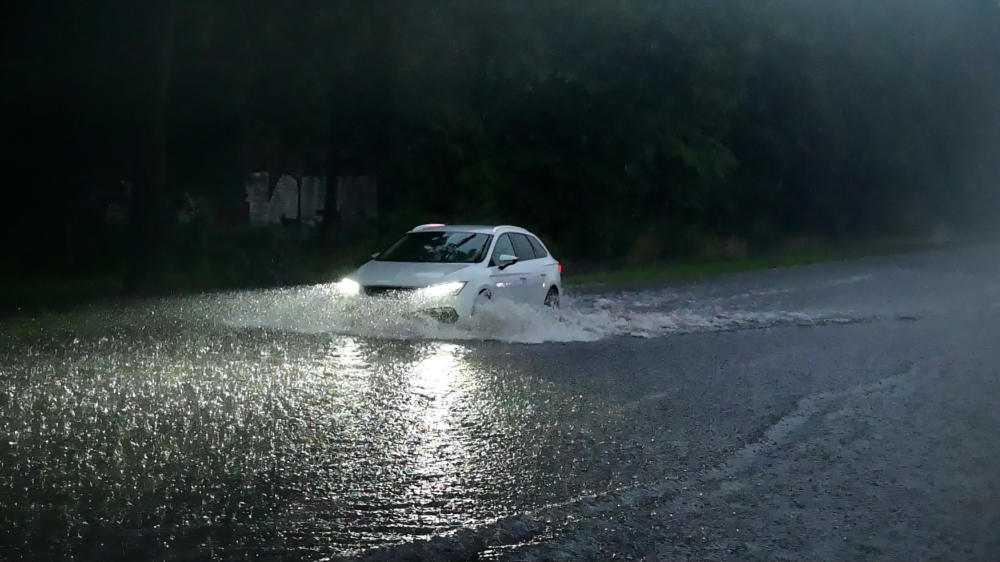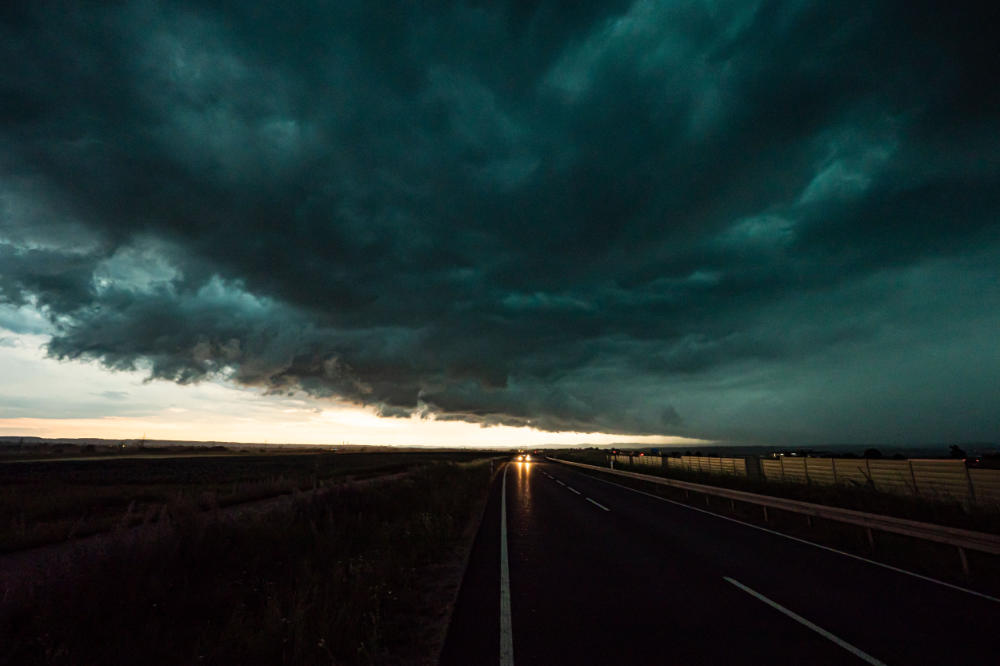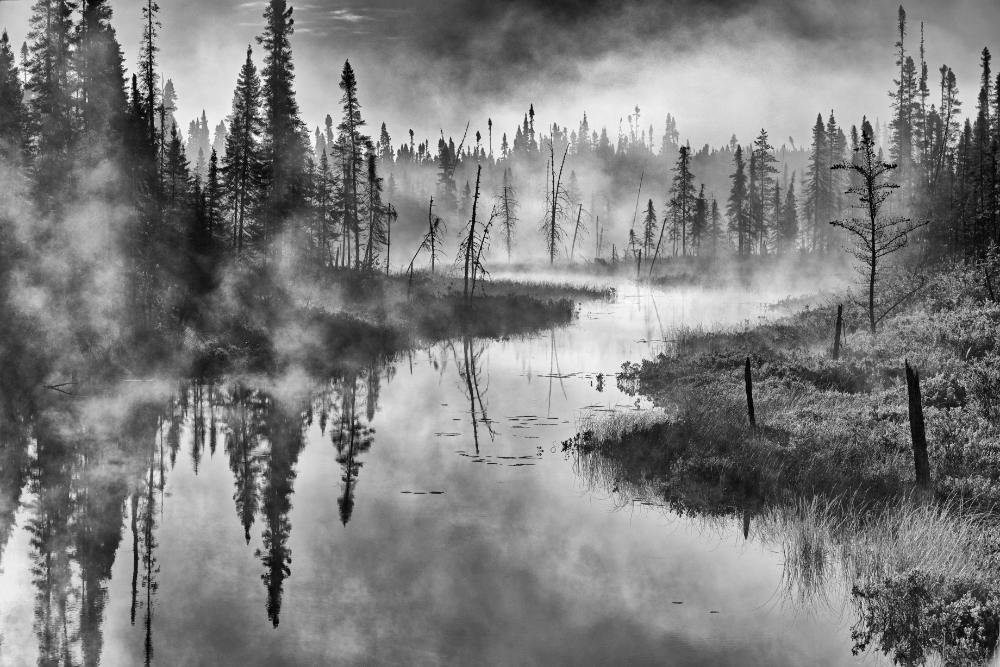Saturday 3rd July 2021
Really? And the first step is taken in which direction exactly? These days I only watch weather forecasts where meteorologists will actually shed light on the background to our chaotic weather events and explain how things are connected. You see, this is not only about WHAT happens WHEN, HOW and to WHOM, but also about WHY we are seeing variations in temperature of 15 degrees Celsius, for example. It’s about cause and effect. And that only works if you have the desire to learn and to pass on what you’ve learned. Think of a car accident. When you happen across an accident in the road there are always several scenarios available. Looking away and driving on is a popular one. Looking closely only to turn away anyway is another. Helping your fellow man or woman in need would be a third option. Where do I stand if I’m asked to step up? Do I help the victim of an accident to escape a burning car – or do I drive on and away? Do I jeopardise my own life by helping someone? These days, for this the car doesn’t have to be burning even. It’s enough to be running on petrol, gas or diesel fuel. The exhaust fumes emitted by four billion combustion engines around the world amount to the same thing. The fact that only every other person in the world runs one of those doesn’t make it climate-friendly.
Here’s another example: why do we take a First Aid class when we get our driver’s licence? What is the connection with climate change here? Is a short driving school course like this enough these days to drive a car? Doesn’t that require a little bit more? It’s futile to debate climate neutrality with someone without knowing your own CO2 emissions. Or is it? To know your own footprint means to want to engage with the issue, and also to have done so already. It’s always easier to claim that the solution lies in switching off the 100 biggest CO2 emitters in the world, which cause 71% of all emissions or find political solutions and point the finger at someone else, shirking your own responsibility.
Those who’d like to know how much CO2 is produced during their drive can find out very quickly, consulting their vehicle’s registration document (in Portugal: Documento Único). Check out the V7 of this document, you’ll find the CO2 value listed, measured in g/km. If you know how many kilometres you’ve driven you’ll know your weekly emissions. And once you know this in terms of mobility, it’s easy to calculate the same for your electricity consumption. And it’s exactly here that we need binding laws. An emissions passport specifying and regulating exactly how much CO2 each citizen is allowed to emit each year, is socially fair, as everyone receives the same CO2 budget. And those who stick to this value or stay below it, pay fewer taxes, whilst those going over their budget however, pay a CO2 tax per ton excess emission, calculated on a sliding scale. Without any pretensions to a career as a fortune teller I’m happy to state my firm conviction here that the emissions passport will soon be introduced within the EU. It’s all but a question of time.
Idle chats are of no relevance when talking about the climate as if discussing the weather. We need binding commitments and verifiable facts. Also, in all probability change for the better only works if and when one is personally affected by climate change. Those who have survived a forest fire, experiencing it with their own body, their own soul, or a hailstorm, floods raising water levels by metres after significant rainfalls during thunderstorms, not to mention weather phenomena such as hurricanes or tornadoes will be ready to evolve. Those losing out in the wake of climate change, and it’s looking like they will number in the hundreds of millions over the coming months and years, will start to change their behaviour- if they can! – change…. Too late?
Possibly. At a practical level the question arises whether a First Aid course is sufficient when you take your driving licence. Shouldn’t climate education already be taught in driving schools today? Are the subjects being taught in schools today sufficient to allow kids to grow up in life in a climate-conscious way? Only when their sofa is burning in front of the TV or laptop do the consumers of potato chips start thinking about getting off their backside to go get a fire extinguisher. These very words used by a resident of Vila do Bispo talking to me during the last forest fire. He himself was at least able to salvage his laptop as he fled with his own petrol-guzzler. However, when the tyres bust on the car used to flee a forest fire because the tarmac has already melted, all help is too late anyway. So what should we, what could we do to connect realisation of fact and a readiness to act?
There is a very real background to the desire to become climate-neutral. Raising awareness is one of those words. Without raising awareness we won’t engage the brain. Up to now a large part of humanity prefers to simply exchange the burning sofa with a different place to live – undisturbed, and left in peace for just a little longer. When there is a disruption we call the mechanic, the fire brigade or the pizza service. Television, internet and smartphone are easier to handle than taking some basic knowledge on board on how to conserve a biodiverse flora and fauna. How can we, the human race that is causing the climate crisis, solve the problem again? This requires raising awareness. The question arising here is, who in all honesty wants to take ten steps like this on their own? It is really hard to start with oneself, isn’t it? So, taking the first step is hard enough. For those who have taken that first step there will be no turning back however. But hey, it’s the weekend now. It’s only next week that the temperatures are meant to rise by 15 degrees …
 Eco123 Revista da Economia e Ecologia
Eco123 Revista da Economia e Ecologia





